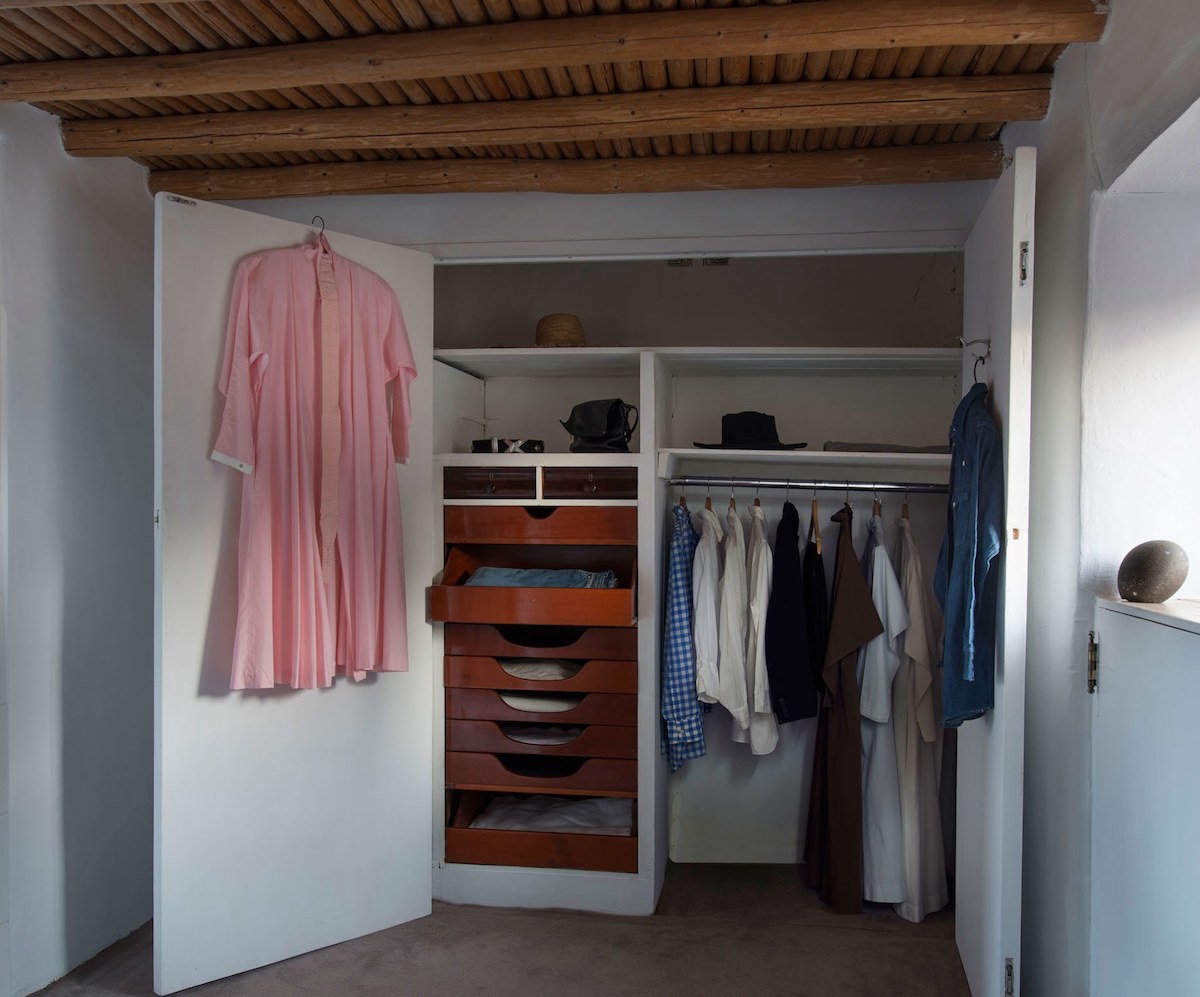If you’ve been following me, you know this a seasonal post, but it always applies–at least I need the reminder. Plus there are a few updates.
The fall season is the biggest shopping season for many reasons—the clothes are more substantial (heavier, luxe fabrics) which means higher price tags, and the basic fact that you need more layers means you need more items. Plus it’s fun to refresh and update. But buying clothes you never wear like a cashmere sweater that sits in your closet and collects moth holes is an expensive waste. My advice? Buy less, but buy the best, whatever your best might be. Throwaway clothes are a bad idea on so many levels. You can still buy pieces that are fashion-forward, but avoid overtly trendy. I have been in fashion for decades and have interviewed many women on the subject, so I think I have a pretty good perspective on what tips will help you get the most out of your wardrobe. Some are the antithesis to general consensus, but I have my reasons.
- Make Two Lists: Clothes I Need + Clothes I Want. Clothes you need should include basics you need to replace, everyday shoes, and items you need to wear to work/meetings or the like. (If you have sweaters/shoes/pants that need repairs, do that now before the weather really kicks in and you can’t wear them.) Then make a list of clothes you want; these should be standout items that you love, love, love and know that wearing them would make you happy. Then give yourself a reality check. If your basics list is long, this is what you should prioritize, even though shopping for say a pair of slim black pants is hardly exciting and often tedious. Your fun list should be short—five items max. If it isn’t, think hard about which items you will realistically wear often. Do not fall victim to shiny object syndrome and forgo basics for fun ones; you need a wardrobe of pieces that work together, not a mish-mosh of standout items that worn all at once make you look like a desperate street style wannabe. And if you’re unsure about buying an item, hold off for 48 hours. At that point you’ll know if it qualifies as I-can’t-live-without or is already yesterday’s news. If you buy it with the thought of returning it, you might talk yourself into something you don’t need.
- Spend Money on the Right Pieces. For fall, the items that are always worth spending money on are a good coat, one or two beautiful wear-everywhere sweaters, a pair of boots and perhaps a knockout dress. The more timeless the coat and sweaters, the better, because they should become building blocks in your wardrobe that you rely on for years. A classic pea coat is timeless, a loud puffer coat is not. Fall pieces also have the best chance of longevity, because wools and cashmeres naturally hold up better than lightweight voiles and cottons, making them worthy investments.
- Save Money on Others. Things I don’t believe in spending a lot of money on—no $600 jeans or sneakers (yes to Adidas, no to Balenciaga). I love good sweaters but also rely on my Uniqlo black and navy cashmere crewnecks every season as layering basics. (And their ultra light down vest and jacket to layer as well). Hanes boys white tees are excellent as well. Plus do you really need another designer handbag? Frankly I think the days of wearing-whatever-you-want-as-long-as-you-carry-a-nice-handbag are over. A wardrobe of investment handbags seems tired. If you still want the Celine, maybe it’s about buying one you can use 365, so it becomes your signature. In fact, right now, I find worn-in, well-loved bags the most appealing.
- Find Your Signature Pieces. This to me is the hardest idea to follow through on, especially if you love fashion and like to mix things up on occasion. But women who have a couple of key signature items—say a pair of cuff bracelets, always a blazer or ponytail or a monochromatic wardrobe, are the ones whose style I am most drawn to. And signature style in no way equates to money spent. Rather, it’s about being a rigorous editor. Finding those items, ignoring the siren song of other clothing, ways of dressing or grooming, and not getting bored by the routine of it make it all a bit challenging. Maybe it’s baby steps and you start with one small nuance. I strive for this and still struggle, it is not easy.
- Don’t Throw Away the Old. How many times have you heard ‘If you haven’t worn it in one or two years, throw it out’? I’m calling BS on that. As you get better at shopping strategically, even if you have something in your closet that you haven’t worn yet or put on in a while, chances are you might go back to it. Maybe it’s a gorgeous silk shirt that sat with tags on for two years you finally started wearing with regularity. Or it’s a piece you wore so much, it (and you) need a rest. As your wardrobe evolves, older items can have a renewed life by pairing them with more recent pieces. Of course if you look at it and think “why did I ever?” you should donate or sell it. But I am going to guess that those items you tend to discard from your closet are the cheaper pieces you bought on a whim (because why not? it wasn’t expensive), were super trendy and are now super not, or fell apart. Another reason to buy less and buy better. Then you can begin to create a zero-waste closet.
photo: Georgia O’Keeffe’s closet.


Leave a Reply